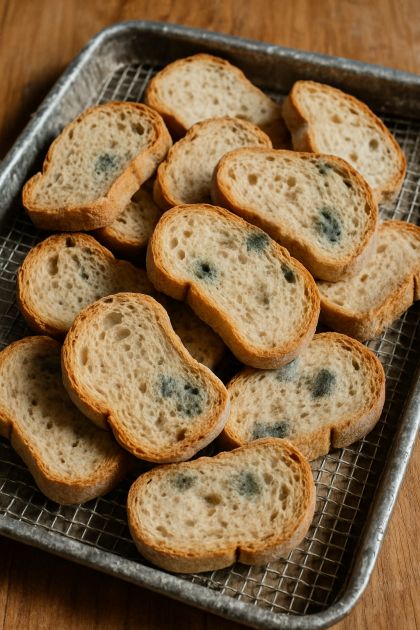ADVERTISEMENT
We've all been there: reaching into the pantry for a slice of bread only to find that it's gone stale. It can be disheartening to see food that doesn't look as fresh and appetizing as it once did. But before you toss it in the trash, consider the advice of your mother-in-law, who insists it's wasteful not to use it. This dilemma of whether to discard or repurpose stale bread is common in many households.
In this article, we'll explore the nature of stale bread, its safety, and the environmental impact of food waste. We'll also delve into creative ways to revive stale bread, popular hacks, and expert opinions to help you make an informed decision. Let's dive into the world of stale bread and discover whether it's truly worth saving.
Advertisement
1. Understanding Stale Bread: What Does It Mean?
Stale bread is essentially bread that has lost its moisture and become dry and hard. This process, known as retrogradation, occurs when the starch molecules in the bread crystallize and expel water. This can happen within a few days of baking, especially if the bread is stored improperly.
While stale bread is often associated with being old or spoiled, it's important to note that staleness is not the same as moldiness. Stale bread can still be safe to eat, provided there are no signs of mold or spoilage. The texture may be less appealing, but the bread itself is not harmful.
2. Is It Safe to Eat Stale Bread?
Stale bread is generally safe to eat as long as there is no mold present. Mold can appear as green, black, or white fuzzy spots and should be avoided as it can produce mycotoxins, which are harmful to health. If the bread is simply dry and hard, it's safe to consume.
However, the texture and taste may not be as enjoyable as fresh bread. To improve the experience, consider toasting or using it in recipes where the texture is less noticeable, such as bread pudding or croutons.
3. The Environmental Impact of Food Waste
ADVERTISEMENT
